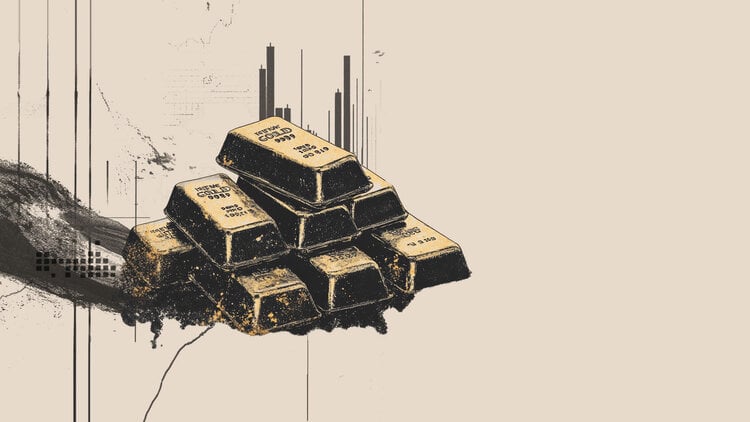The general state of the Brazilian road network worsened in 2022. Of the 110,333 kilometers evaluated, 66% were classified as regular, bad or very bad. In 2021, this percentage was 61.8%.
The data were released by the National Transport Confederation (CNT) and the results are from the 25th edition of the CNT Highway Survey.
With the objective of collaborating for the development of road transport of cargo and passengers, the confederation evaluates 100% of the paved federal road network and the main state highways. This is the largest and most complete monitoring of the general state of Brazilian highways.
For 30 days, 22 teams traveled through the 5 regions of Brazil in order to compose the results of the 2022 Survey, which becomes part of the largest historical series of road information in the country, carried out by the CNT since 1995.
In this survey, pavement, signaling and geometry of the road are analyzed, as well as the existence of critical points. Such characteristics take into account, respectively, variables such as surface conditions, signs and lanes and fenders, as well as road elements – curves, shoulders, bridges and viaducts, for example. These aspects are given ratings ranging from great and good to fair, bad and very bad.
In the entire network surveyed, a significant worsening of the pavement characteristic was observed in relation to the result of 2021. The CNT identified that 55.5% (61,311 kilometers) of the extension are in a regular, bad or very bad condition, an increase of 3 .3 pp compared to the previous year. For signaling, 60.7% (66,985 kilometers) were considered deficient (regular, bad or very bad), while for road geometry, this value corresponds to 63.9% (70,445 kilometers).
Highways under public management
In comparison with last year, the worsening of federal and state sections under public management draws attention. Heral status in the great and good rating dropped from 28.2% to 24.7% in 2022—its second consecutive drop. In 2019, the percentage was 32.5%. In 2020, the survey was not carried out due to the Covid-19 pandemic.
Therefore, 75.3% (65,566 kilometers) of the road network under public management have some type of problem, being classified as regular, bad or very bad. Among the characteristics analyzed, the pavement of these highways showed the greatest drop in quality: the percentage of regular, bad and terrible classification increased from 59.4% last year to 62.7% this year.
Highways under concession management
On the other hand, the results of the evaluation of the general state of the highways granted indicate that 69.0% of the 23,238 kilometers surveyed are classified as excellent or good; 25.8% (5,988 kilometers), regular; and only 5.2% (1,209 kilometers), bad or very bad. The scenario is different because, traditionally, there is a greater investment made by the concessionaires in relation to the applications carried out by the public sector.
However, as well as the stretches under public management, in 2022, the highways under the responsibility of the private sector also did not escape the worsening. In 2021, the general good or excellent state of these highways was 74.2% – that is, the index fell by 5.2 pp
These results are unfavorable to transporters and other users, since driving on roads in inadequate conditions can bring serious safety risks, in addition to additional operating costs, such as frequent vehicle maintenance and increased travel time and fuel consumption. Road freight transport companies can have an increase of, on average, 33.1% in the operational cost that they would have if the roads were in excellent condition.
These inadequate conditions also cause environmental and health damage, as they lead to an increase in greenhouse gas emissions. In addition, they represent a cost of approximately R$ 4.89 billion for cargo and passenger transporters in Brazil, since an additional and unnecessary consumption of 1.072 billion liters of diesel is estimated. Thus, the results of the CNT Highway Survey 2022 demonstrate the urgency of structuring actions aimed at improving Brazilian highways.
Source: CNN Brasil







